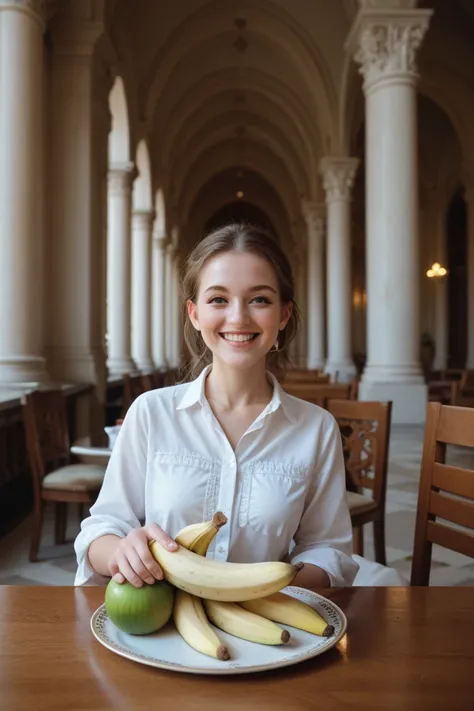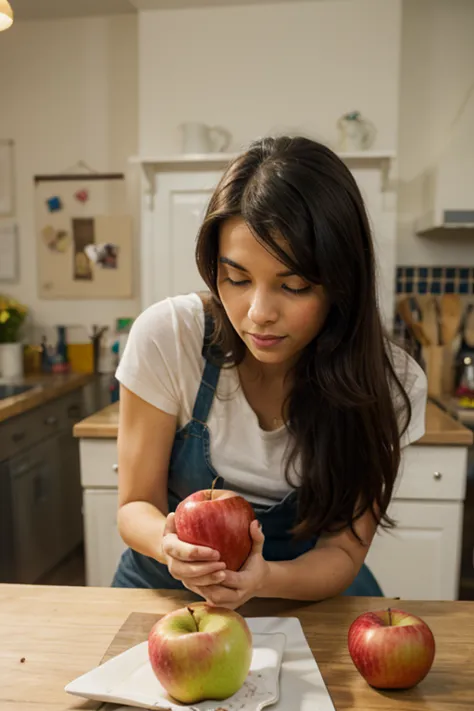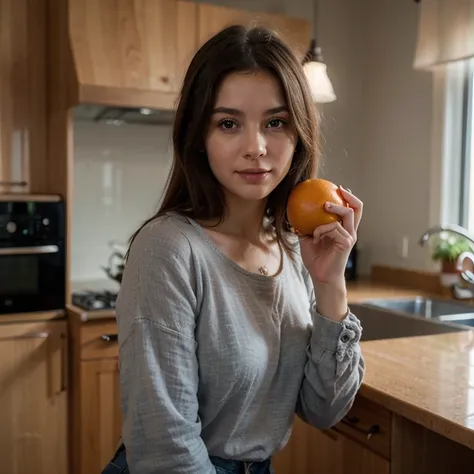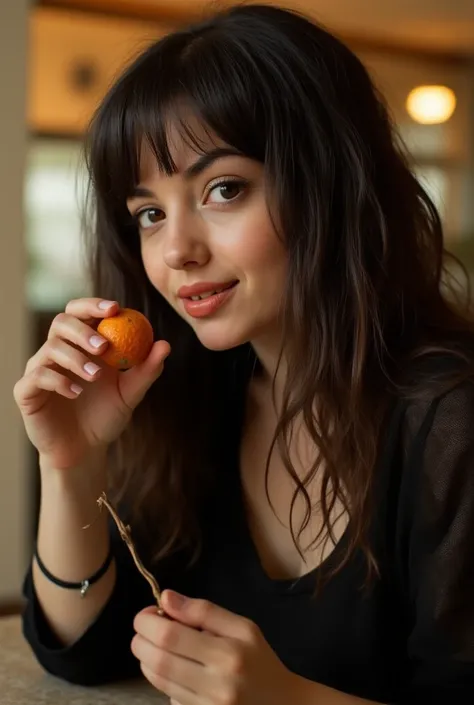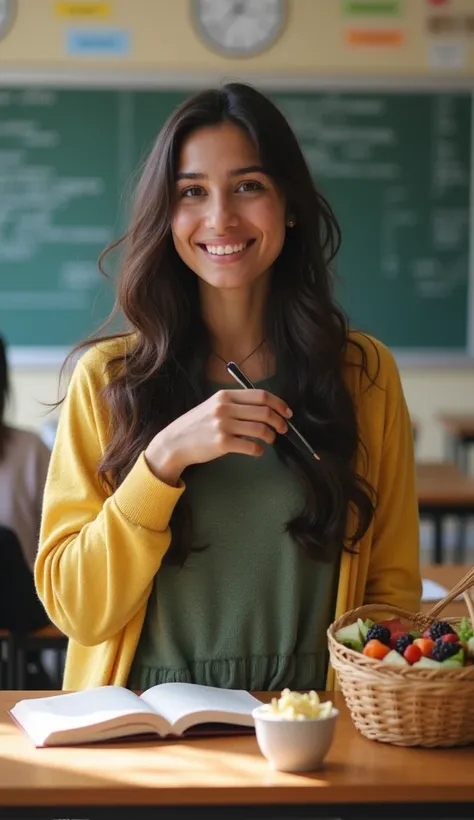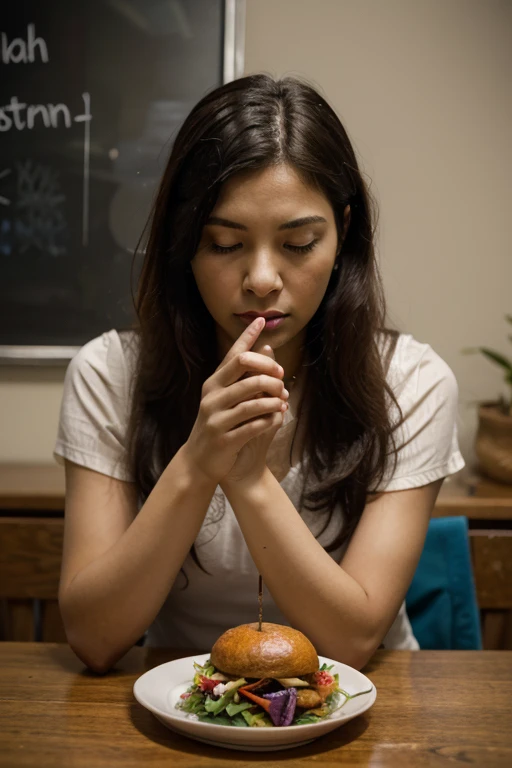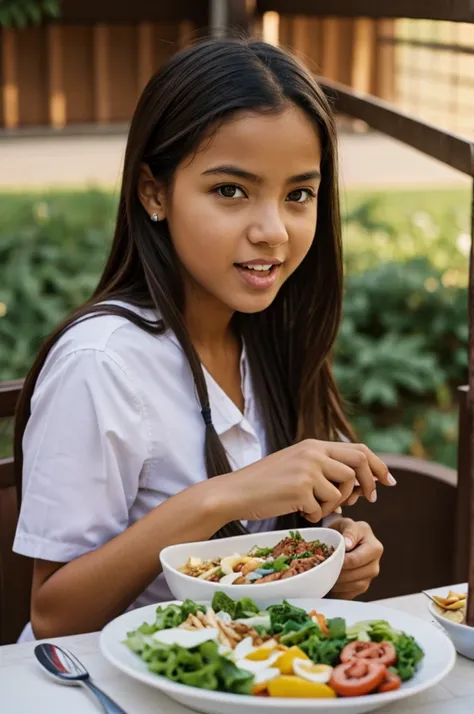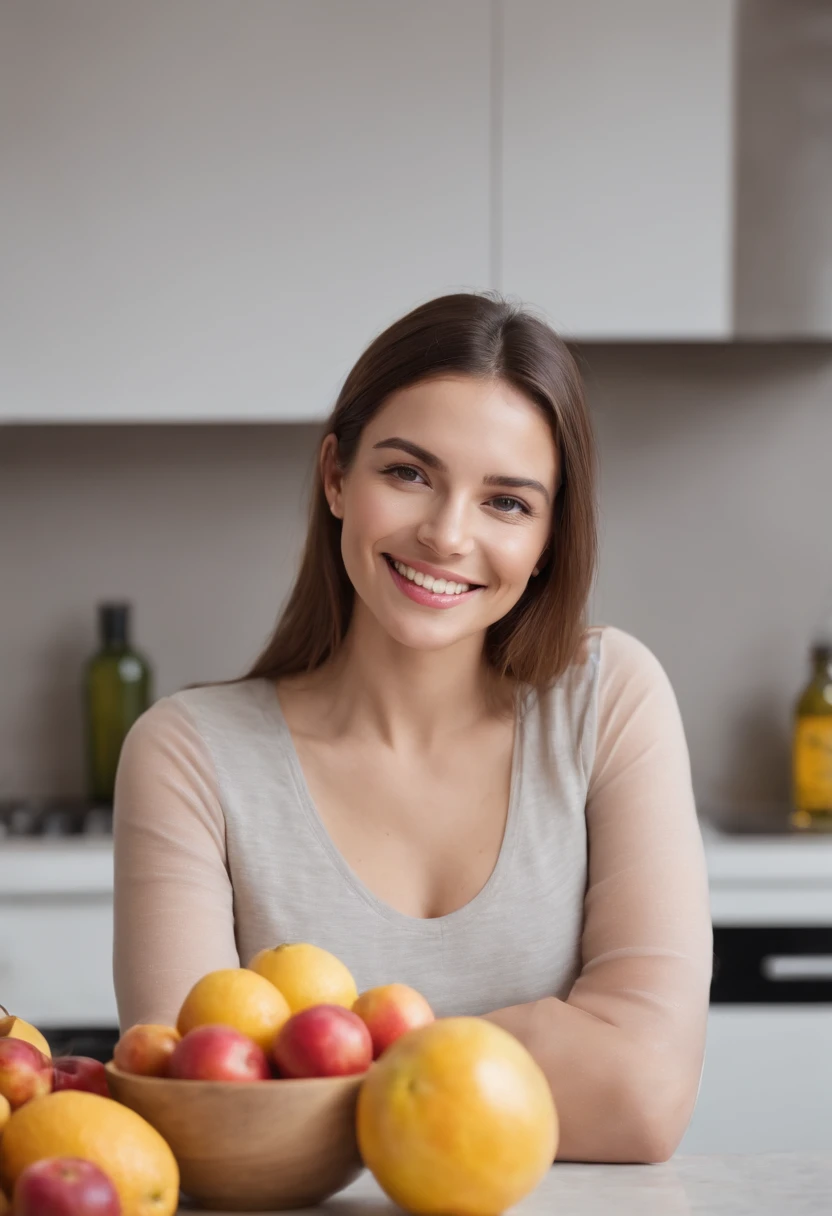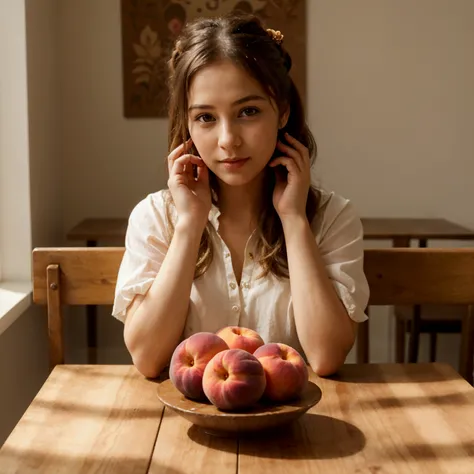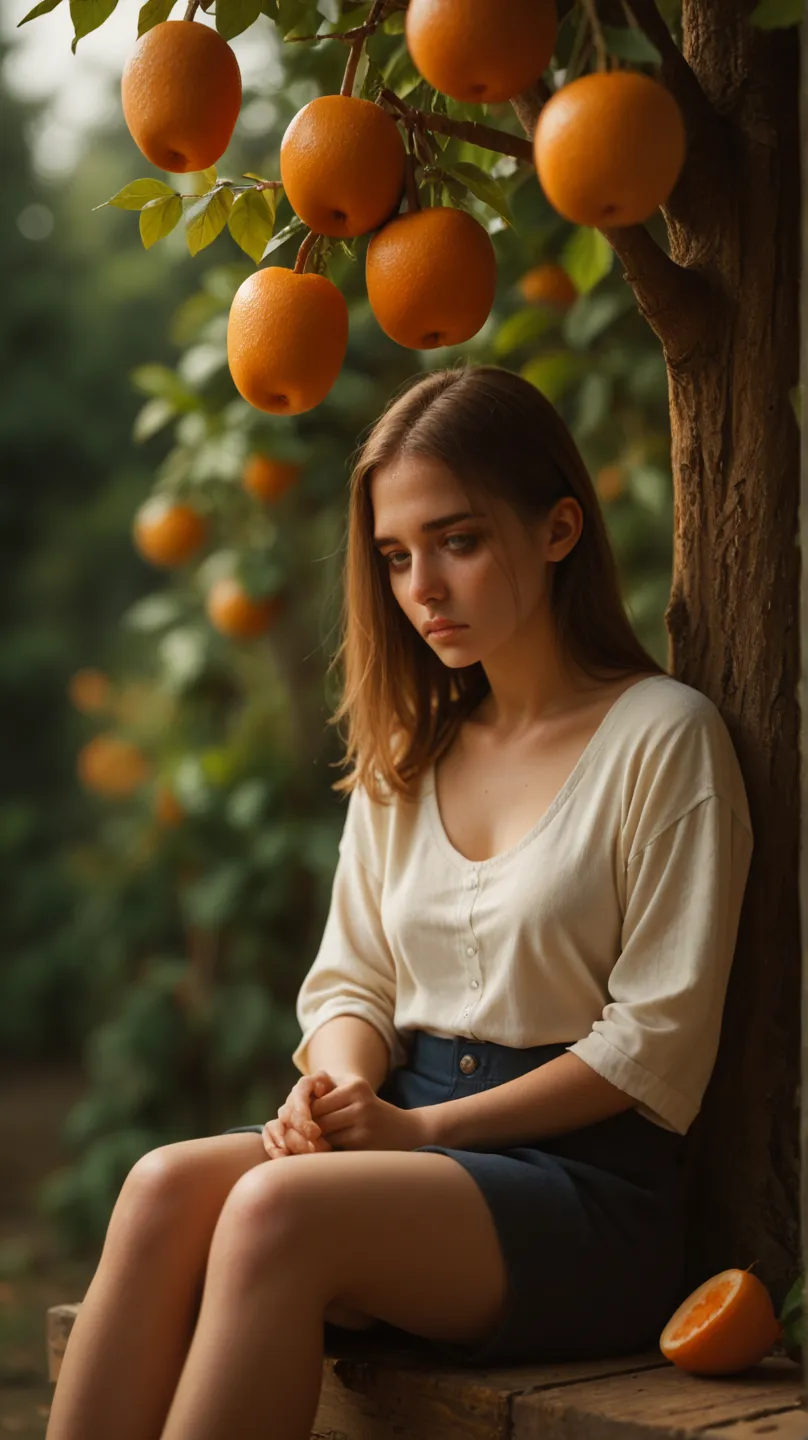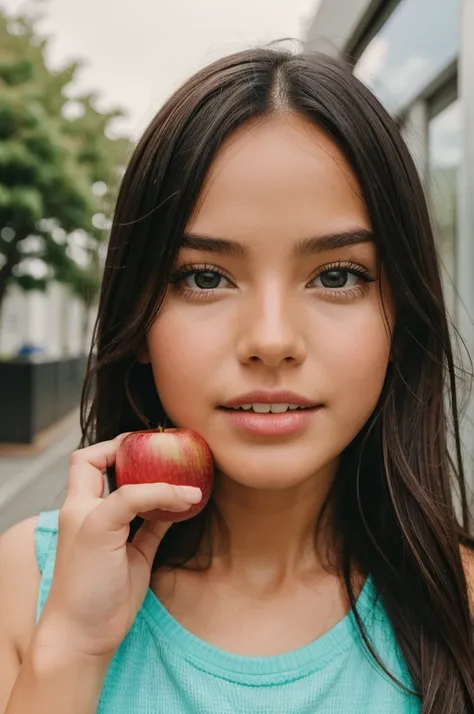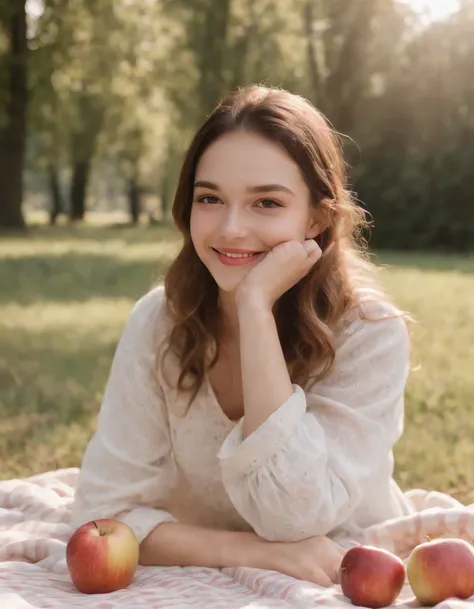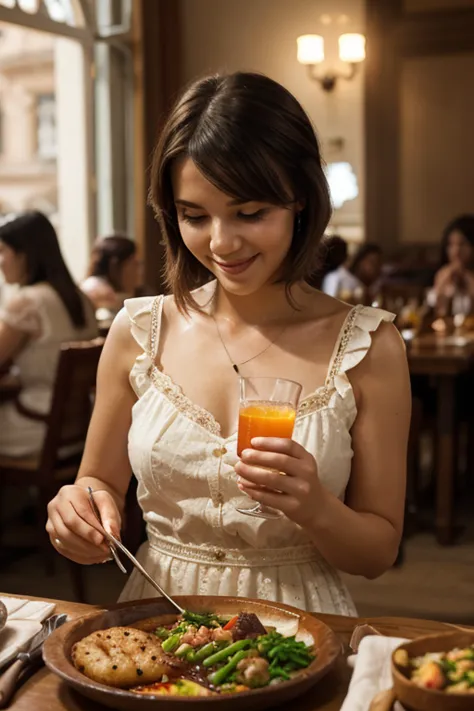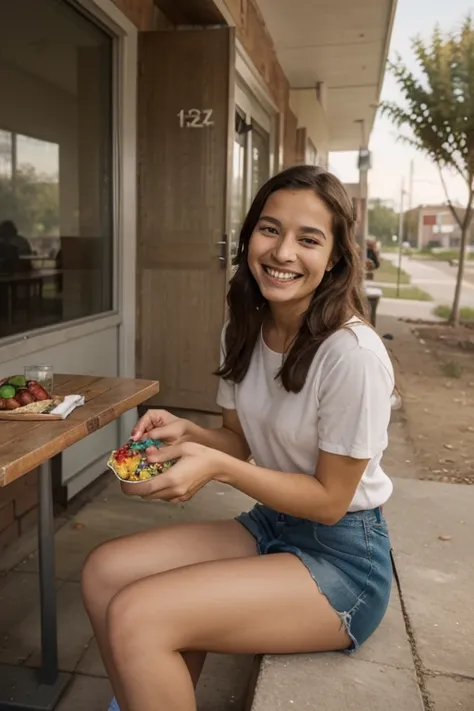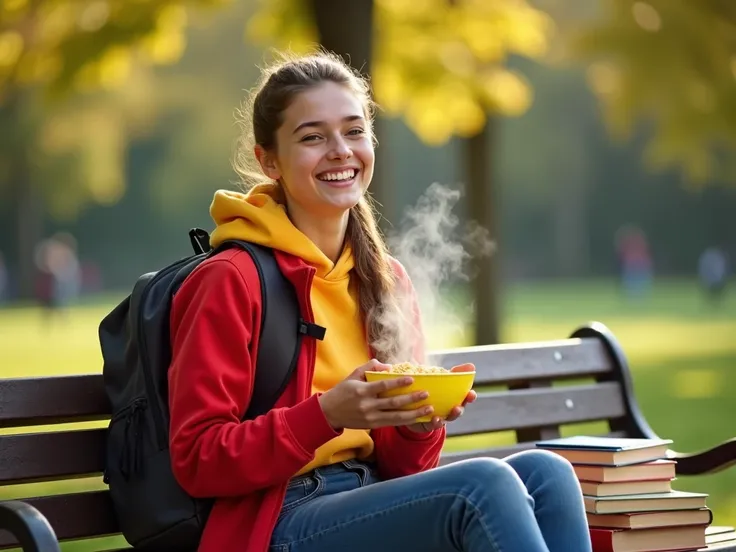There is a woman sitting at a table with a plate of fruit
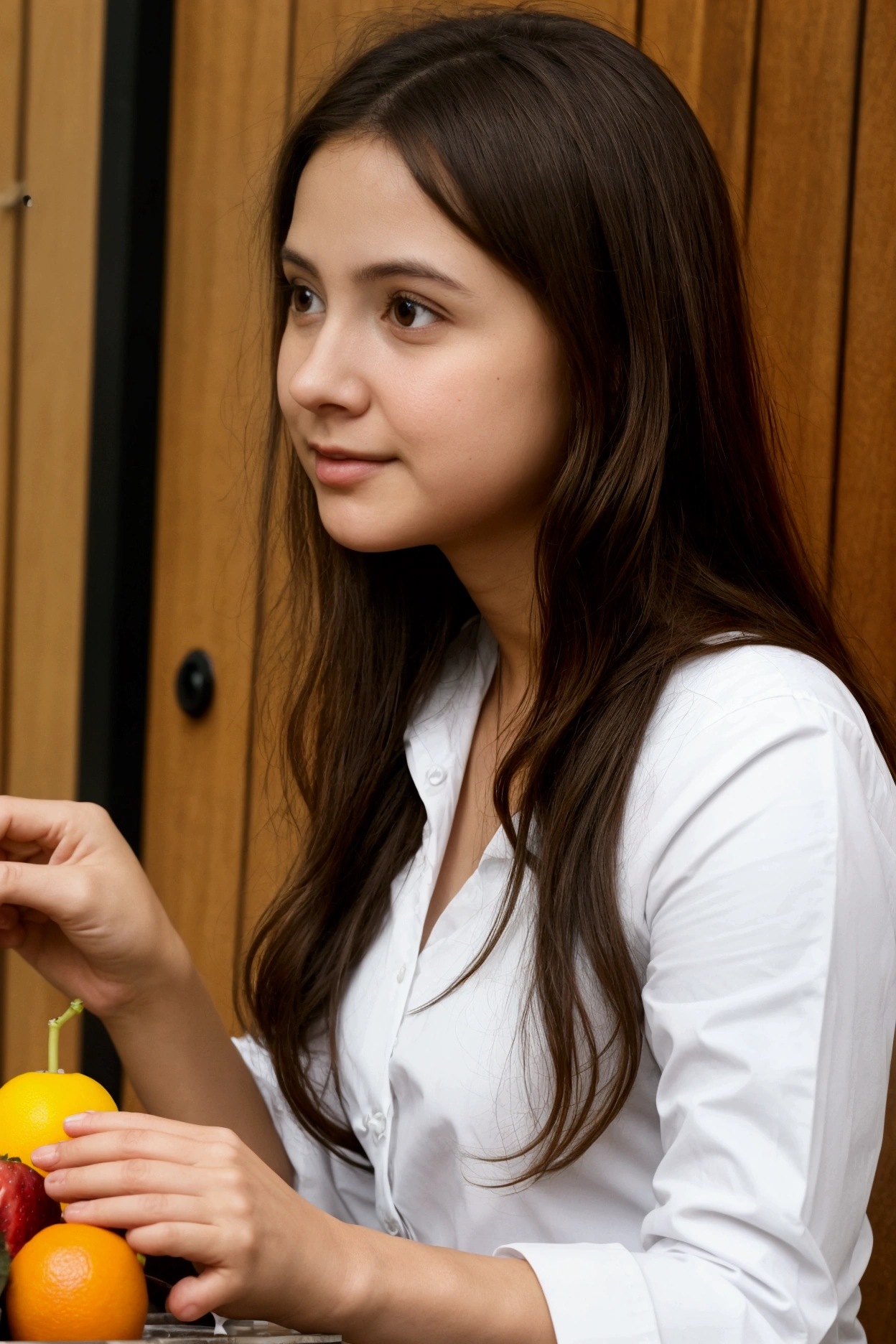
him: Means of transport in relation to production (productive circuits). Title: “Let’s grow our own food” General objective: Recognize food production and its stages by observing images and videos. Training purpose: - Promote active learning and direct contact with nature. - Provide situations that promote exploration, the creativity, Knowledge, orality and communication. - Diseñar situaciones de enseñanza que amplíen Knowledge de los niños acerca del ambiente social y natural. Foundation: We carry out this activity so that children can observe the production of food such as fruits and vegetables in rural and urban environments, learning about and appreciating agricultural tasks., Through this experience, students will be able to interact with nature, consolidating their previous knowledge and acquiring new knowledge.. Direct contact with the earth and plants will allow students to understand the importance of caring for them., This will allow them to look beyond what they know on a daily basis., giving them the opportunity to approach different contexts incorporating greater meaningful learning. Working with other areas: Natural Environment Activity: □ The teacher will ask the children: Where do you buy fruits and vegetables?? How do you think they get to those places?? Where do you think they grow those foods?? What is a farmer?? Do you think we could grow our own food?? How could we do it??, The teacher will write down the children's possible answers on the board.. Through images and videos, the teacher will show students food production, He will tell you what a farmer is, what his function is and the roles he plays., It will also explain all the processes that fruits and vegetables must go through before reaching our hands.. Food production involves several stages before reaching the consumer.
프롬프트
Copy prompts
him: Means of transport in relation to production (productive circuits)
.
Title: “Let’s grow our own food” General objective: Recognize food production and its stages by observing images and videos
.
Training purpose:
- Promote active learning and direct contact with nature
.
- Provide situations that promote exploration
,
the creativity
,
Knowledge
,
orality and communication
.
- Diseñar situaciones de enseñanza que amplíen Knowledge de los niños acerca del ambiente social y natural
.
Foundation: We carry out this activity so that children can observe the production of food such as fruits and vegetables in rural and urban environments
,
learning about and appreciating agricultural tasks
.,
Through this experience
,
students will be able to interact with nature
,
consolidating their previous knowledge and acquiring new knowledge
..
Direct contact with the earth and plants will allow students to understand the importance of caring for them
.,
This will allow them to look beyond what they know on a daily basis
.,
giving them the opportunity to approach different contexts incorporating greater meaningful learning
.
Working with other areas: Natural Environment Activity:
□ The teacher will ask the children: Where do you buy fruits and vegetables
??
How do you think they get to those places
??
Where do you think they grow those foods
??
What is a farmer
??
Do you think we could grow our own food
??
How could we do it
??,
The teacher will write down the children'
;
s possible answers on the board
..
Through images and videos
,
the teacher will show students food production
,
He will tell you what a farmer is
,
what his function is and the roles he plays
.,
It will also explain all the processes that fruits and vegetables must go through before reaching our hands
..
Food production involves several stages before reaching the consumer
.
정보
Checkpoint & LoRA

Checkpoint
Realistic Vision V6.0 B1
#사실적인
#사진
0개의 댓글
0
0
0











